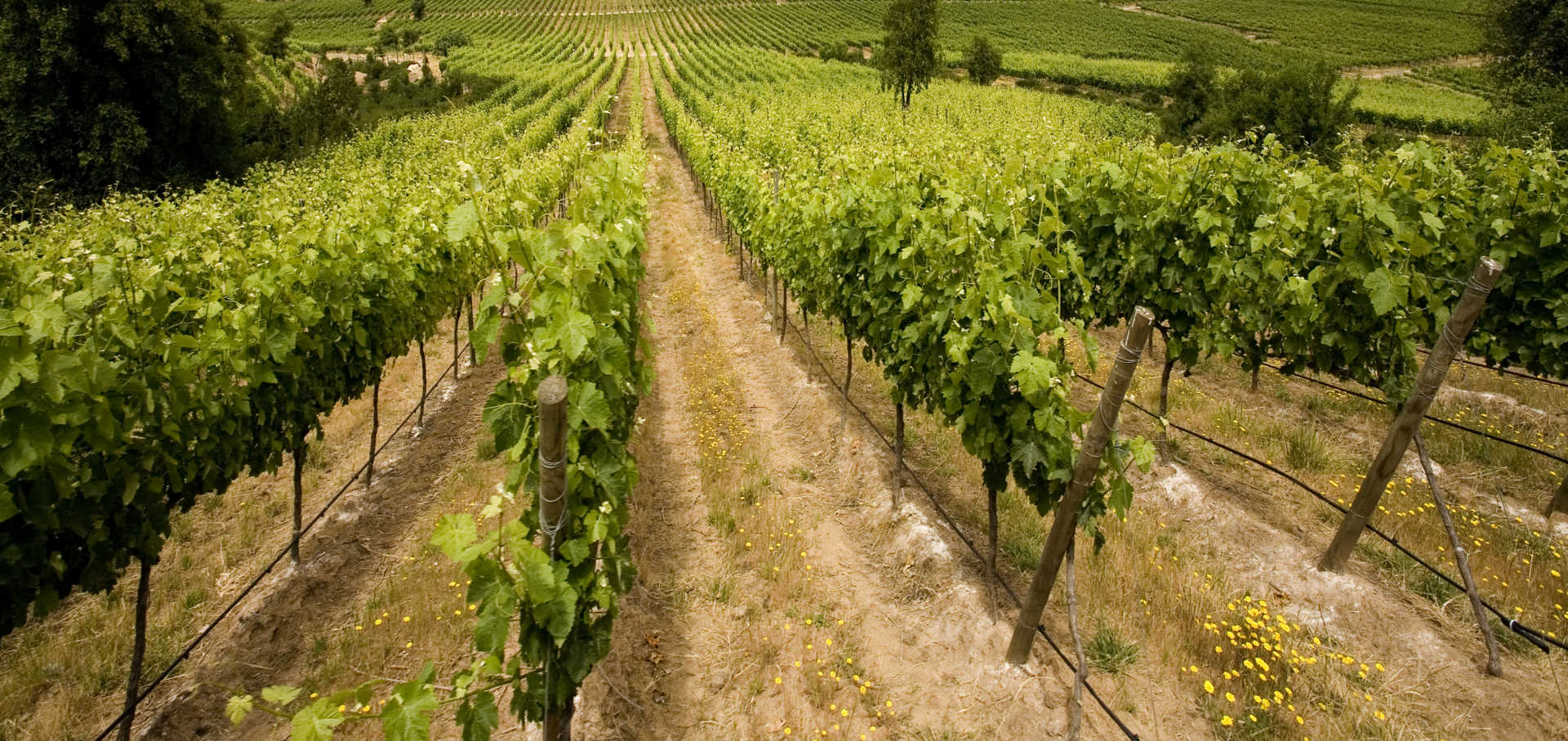A to Z Rose 2019
-
Wine
Enthusiast



Product Details
Your Rating
Somm Note
Winemaker Notes
The classic 2019 A to Z Rose is a delicate, lovely blush folor. Fresh aromatics suggest strawberries, watermelon, cranberry, blood-orange and guava alongside pretty floral notes of rose petals, honeysuckle, linden and subtle sweet pea flowers (linalool). The aromas are mirrored in the palate along with hints of lemongrass, rooibos or hibiscus tea, grenadine, honey, quince and orange zest. A crisp yet creamy texture supports the modest, juicy acidity and low tannin levels. The wine is smooth and refreshing, so easy to like.
Professional Ratings
-
Wine Enthusiast
This Sangiovesebased rosé bursts with scents of rose petals. Those tones follow to the well-textured palate, with pink grapefruit flesh and citrus rind highlights. The flavors continue clean and crisp through the finish, and the pretty copper-rose shade adds visual pleasure as well.
Other Vintages
2022-
Wine
Enthusiast
-
Wine
Enthusiast
-
Wine
Enthusiast
-
Wine
Enthusiast

Whether it’s playful and fun or savory and serious, most rosé today is not your grandmother’s White Zinfandel, though that category remains strong. Pink wine has recently become quite trendy, and this time around it’s commonly quite dry. Since the pigment in red wines comes from keeping fermenting juice in contact with the grape skins for an extended period, it follows that a pink wine can be made using just a brief period of skin contact—usually just a couple of days. The resulting color depends on grape variety and winemaking style, ranging from pale salmon to deep magenta.

Home to some of America’s most celebrated Pinot Noir, Oregon maintains a tight focus on small production, high quality wine even while the state’s industry enjoys steady growth. As a world-renowned wine region, Oregon has more than 700 wineries and is home to well over 70 grape varieties. With a mostly Mediterranean climate, its cooler and wetter regions lie in the west, close to the Pacific Coast.
By far the most reputed Oregon wine region is the Willamette Valley, which is further subdivided into six smaller appellations: Chehalem Mountains, Dundee Hills, Eola-Amity Hills, McMinnville, Ribbon Ridge and Yamhill-Carlton.
The Oregon wine region's most obvious success story is with Pinot Noir, which here takes on a personality that could be described in general terms as somewhere in between the wines of California and Burgundy—and is often more affordable than either one. The best Willamette Pinot noir has a rare combination of red and black fruit, elegant balance, high acidity and rustic earth. While completely enjoyable in their youth, some of the better, single vineyard or appellation-specific Pinot noirs can often benefit from some cellar time.
Other AVAs in Oregon’s west worth noting include Umpqua Valley and Rogue Valley.
In the east are Snake River Valley, which overlaps into Idaho, and Columbia Valley, which Oregon shares with Washington. Summers are hot and dry in these regions but winters are cold and rainy.
Pinot Gris, Chardonnay, Riesling and Pinot blanc also grow successfully in Oregon.






